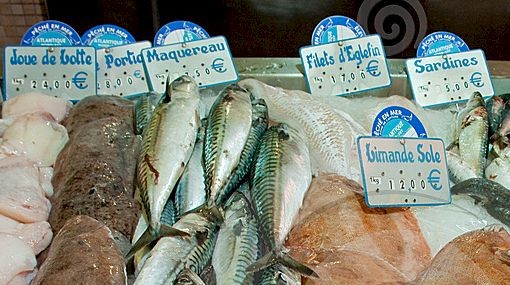I thought I would never have time to contact you again! Thanks to YOU, this Fall has been incredibly busy – just the way I like it!! It is 24° today as I write this newsletter. It seems absurd to be thinking about anything other than enjoying this beautiful Fall weather but of course, before you know it, Winter will be upon us. As always, if you are planning an end of the year celebration, it would be wise to make your reservation now so you have a choice of the best dates.
This year, in appreciation of the good work of The Salvation Army, I will be donating a percentage of the proceeds from each event I do during the month of December! That way, you not only have an enjoyable time of stress-free entertaining, you will also have the peace of mind to know that you are helping to provide much needed assistance to those who turn to The Salvation Army for help.
Once the mad rush of Christmas and New Year’s parties are over, after fifteen years in operation, I am going to close the office and take a two week v. .va. . . let me try that again – VACATION! From March 7 till March 25, I will be going back home to France for some much needed rest and relaxation. My plan is to come back refreshed and full of new inspiration just in time for Spring weddings, the Summer BBQ season and anything else you may like to celebrate!
Tips for Baking and Cooking with Butter
Professional chefs and bakers agree there is no substitute for the flavor and performance of real butter for cooking and baking. For the best tasting results, follow these helpful tips when using butter:
Keep it Fresh.
Store butter in its original packaging or in a sealed container in the coldest part of the refrigerator, not in the refrigerator door. Keep butter away from foods with strong odors or distinct flavors.
How the Cookie Crumbles.
For melt-in-your-mouth cookies, use slightly softened, unsalted butter. With its low melting point, butter helps make cookies soft and chewy on the inside, but crisp and golden on the outside.
The Upper Crust.
For flakier pie crusts and puff pastries, keep butter as hard and cold as possible prior to use. The flaky texture is produced when cold pieces of butter, trapped between thin layers of dough, melt during baking, creating small air pockets.
The Scoop on Sauces.
Butter makes sauces smooth and creamy, and creates a cohesive consistency by helping mix both fat- and water-based ingredients. For the best consistency and flavor, use cold, hard butter.
Quality Candy.
Butter is a key contributor to the rich flavor that makes caramels, pralines and toffee richly delicious, and it prevents excessive stickiness. Unsalted butter is best for candy-making.
Flavor Enhancer.
Adding butter along with savory or sweet spices helps retain the flavor of the spices and works to integrate the flavor throughout the entire dish.
Facts and Tips about Milk and Cream!
We’ve all heard of people who are lactose intolerant. Perhaps you might even be! Interestingly enough, it is the lactose or protein in the milk that causes the allergic reaction but if you were to try sheep or goats milk, you
would have probably have no problem at all!! While these two types of milk have the protein or lactose, it is much more similar to the human kind and therefore, much more tolerable. Raw goat’s milk also has the added benefit of an enzyme that enables the calcium to be metabolized.
When cooking with milk or cream, the lower the butterfat content, the more likely the cream is to separate. It is best to heat the milk or cream before adding it to another hot liquid because it is partly the difference in temperature that causes it to curdle.













